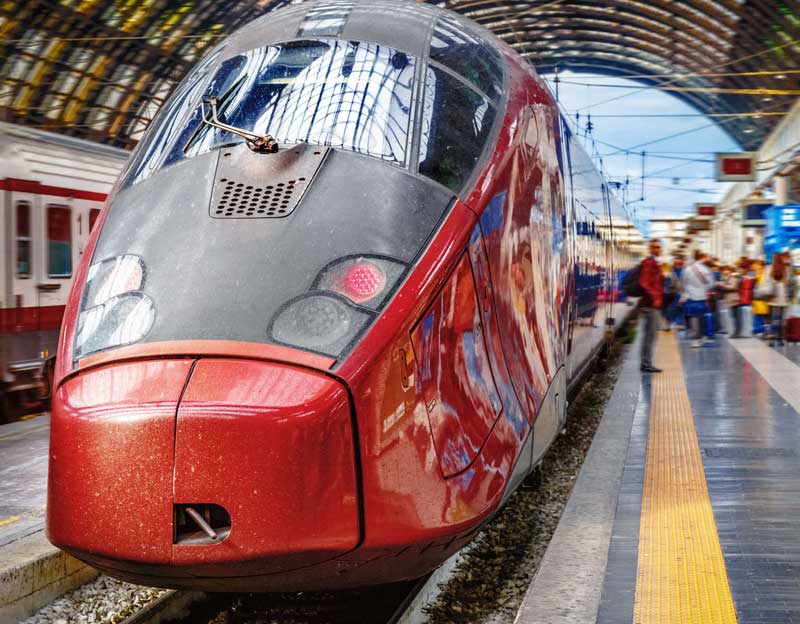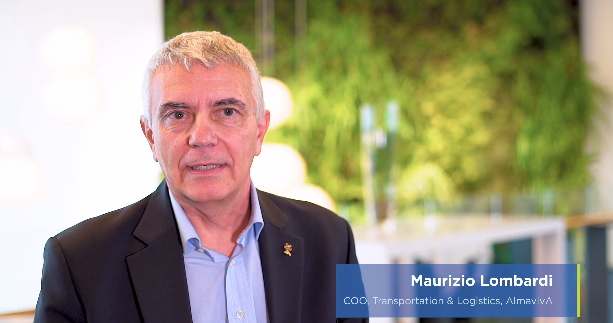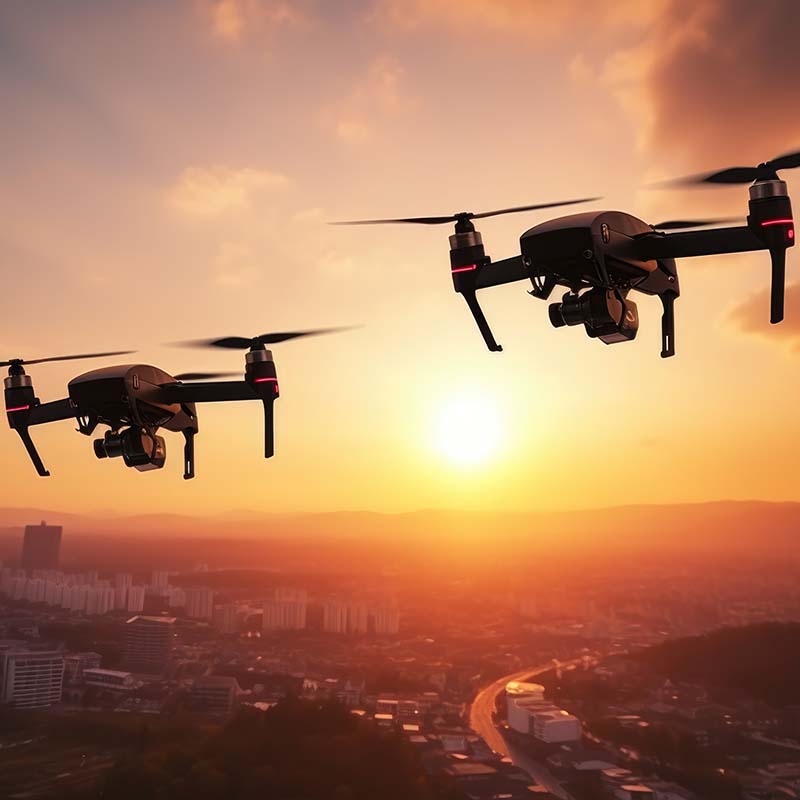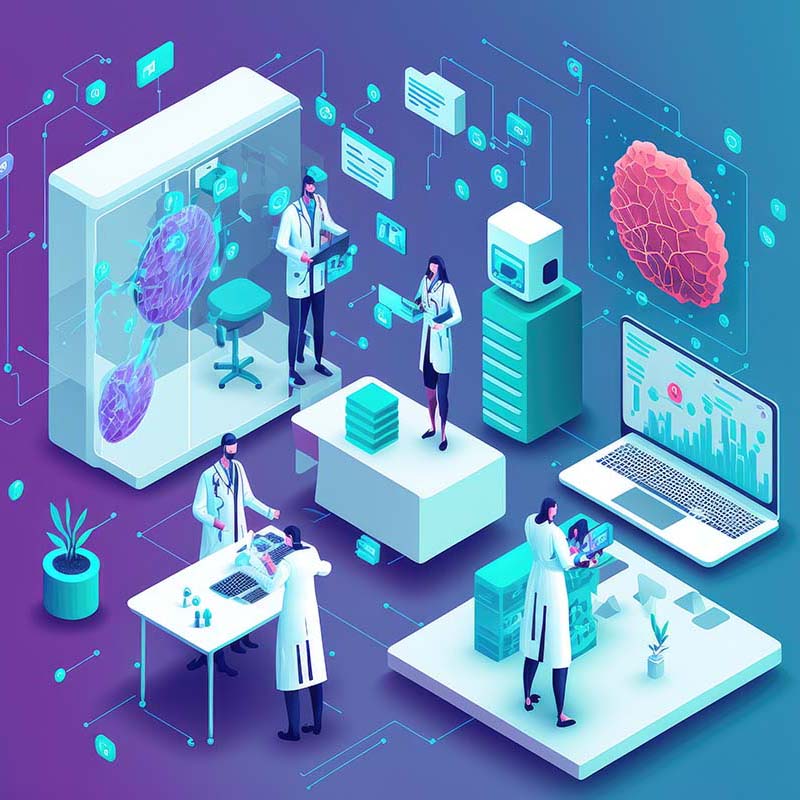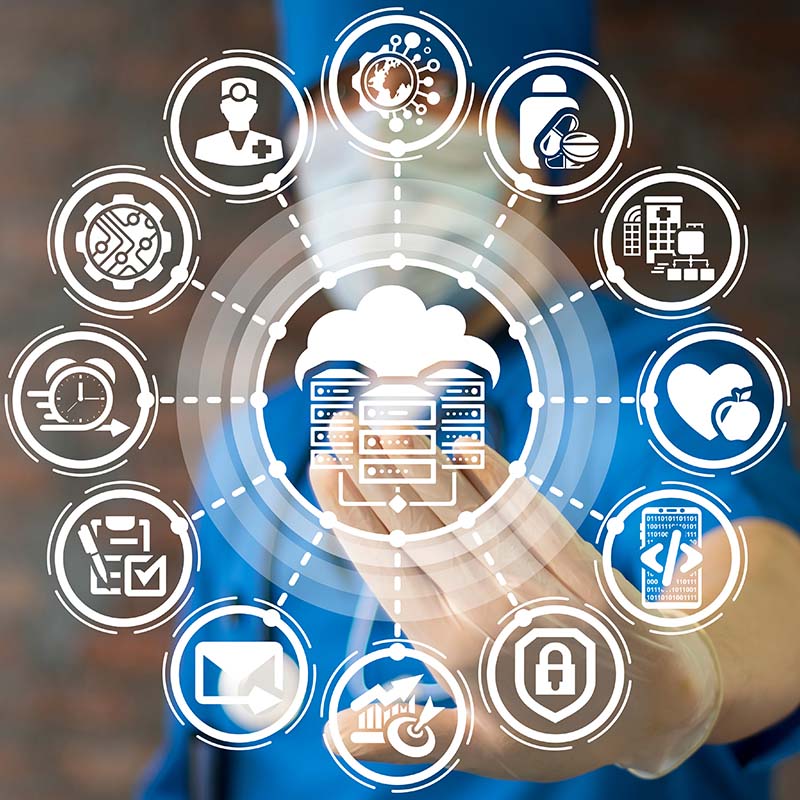Lombardi said the digital twin uses sensors like cameras, GPS receivers and advanced learning algorithms to create an interactive 3D replica of the rail system. While conventional 3D models help designers build and implement complex systems, digital twins put advanced data tools to work to provide back-and-forth feedback between the twin and its real-world counterpart.
Machine learning algorithms in the digital twin help managers optimize and update their operations, according to Lombardi. Sensors throughout the system in places like switches, signals and stations create massive data feeds that learning algorithms analyze, becoming more accurate over time.
In the past couple of years, train cars carrying digital twin hardware have been showing up in railway stations across Italy. These train cars have a yellow box on each end and arrays of sensors and lights that illuminate structures like bridges, tunnels, electrification equipment and station awnings. Each car is labeled “Rail 3D Asset Digital Twin.”
Lombardi said that data from these sources generates three-dimensional representations of the entire railway system.
“It’s like Street View on Google, but it’s much more sophisticated,” he said.
Optimizing Remotely and On-Site
An interactive digital replica of the railway system serves two kinds of people in particular: railway managers in the main control rooms who need to visualize remote infrastructure like stations and bridges, and remote staff in stations and repair crews working in far-flung sites scattered throughout Italy’s bustling cities and picturesque countryside.
In railway stations, the digital twin helps local staff prevent safety hazards and boost on-time performance.
“A station is, practically speaking, a city,” Lombardi said. “That is, it has an abundance of variables — people, machines, structures and processes — that must work in unison.”
Armed with a tablet computer, station personnel can see an info-packed 3D view of their environment that they can customize as needed. That lets them do repairs and maintenance much faster because they don’t have to consult with people in the main offices.
“Simply using a tablet connected to the system will allow people to do this type of work very easily without making mistakes,” Lombardi said.
Moreover, the system’s predictive capability lets managers become proactive in preventing problems instead of reacting after an accident. That trims costs, improves efficiency and reduces the risk of costly mishaps.
Getting the Core Technology Right
Lombardi’s company is partnering with other top technology providers to implement the digital twin project. To pull it off, they need to consolidate data from all the infrastructure across disparate databases, technologies and data formats. Terabytes of data must be certified as accurate.
“The data for all the critical applications needs to work with the infrastructure, from maintenance to diagnostics to normal circulation, to manage or prevent incidents,” Lombardi said.

